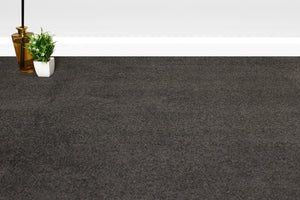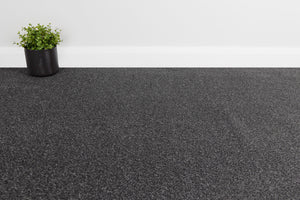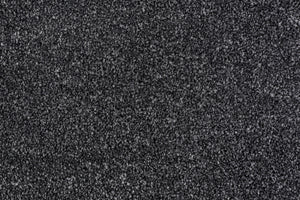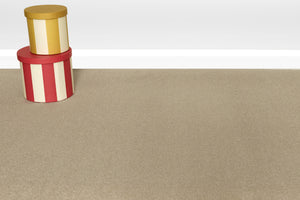
Engineered wood flooring is one of the most popular choices for homeowners who want the authentic look and feel of real wood, with extra durability and stability. Thanks to its clever multi-layer construction, engineered wood is less prone to warping than solid wood, making it suitable for a wide range of rooms.
The good news? With modern click-fit systems, laying engineered wood flooring is something many DIY enthusiasts can handle themselves. In this guide, we’ll walk you through how to lay engineered wood flooring step by step, with tips to achieve a professional finish.
What You’ll Need to Lay Engineered Wood Flooring
Before you start, gather the right tools and materials. This will make the installation smoother and help you achieve a flawless look.
Tools & Equipment:
- Tape measure
- Pencil & ruler
- Saw (hand saw or jigsaw)
- Spacers
- Rubber mallet
- Pull bar & tapping block
- Spirit level
Materials:
- Engineered wood flooring of your choice
- Laminate underlay (this is perfect for use with engineered wood flooring)
- Adhesive (if using a glue-down system)
- Skirting boards or beading for the edges
Preparing the Room
Preparation is just as important as the installation itself.
- Acclimatise your flooring – Leave your engineered wood planks in the room for 48–72 hours before laying. This helps them adjust to the room’s temperature and humidity.
- Check the subfloor – Ensure it’s dry, level, and clean. Uneven floors can cause gaps or movement.
- Remove skirting boards (optional) – This can make installation easier and give a neater finish, though you can also use beading afterwards.
Step-by-Step: How to Lay Engineered Wood Flooring
Step 1: Lay the Underlay
Start by rolling out your chosen underlay. This provides cushioning, sound reduction, and insulation. Make sure there are no overlaps and the entire floor is covered.
Step 2: Plan Your Layout
Decide the direction you want the planks to run. Laying them parallel to the longest wall or in the direction of natural light usually looks best.
Step 3: Start in a Corner
Begin laying boards in one corner of the room, using spacers along the wall to leave an expansion gap (usually 10–12mm). This gap allows the flooring to expand and contract naturally.
Step 4: Click or Glue the Boards
- Click-fit systems: Angle the tongue of one board into the groove of the other and click into place.
- Glue-down systems: Apply adhesive to the subfloor and carefully position each board. Use a tapping block and rubber mallet to secure joints without damaging the boards.
You may want to use both methods together by adding the glue underneath while joining the board together through the click system.
Step 5: Stagger the Joints
Make sure the joins in each row are staggered. This not only looks more natural but also strengthens the overall floor. Aim for at least a 30cm stagger between board ends.
Step 6: Cut Boards to Fit
At the edges, measure and cut boards to fit neatly, remembering to leave the expansion gap. A pull bar will help fit the final row tightly into place.
Step 7: Finish the Edges
Remove spacers and refit skirting boards or add beading to cover expansion gaps.
Finishing Touches
Once your engineered wood flooring is in place, sweep away dust and give the surface a gentle clean. Avoid soaking the boards with water — instead, use a lightly damp mop or wood floor cleaner.
To keep your floor looking its best:
- Use felt pads under furniture legs.
- Avoid dragging heavy furniture across the surface.
- Regularly sweep or vacuum to remove grit.
Common Mistakes to Avoid
- Skipping acclimatisation – This can lead to boards expanding or shrinking after installation.
- Forgetting the expansion gap – Without it, the floor may buckle.
- Installing over a damp subfloor – Always test moisture levels before laying.
- Ready to Get Started?
Now that you know how to lay engineered wood flooring, all that’s left is to choose the perfect design for your home. Explore our full engineered wood flooring collection and discover timeless styles that combine the beauty of natural wood with modern durability.





